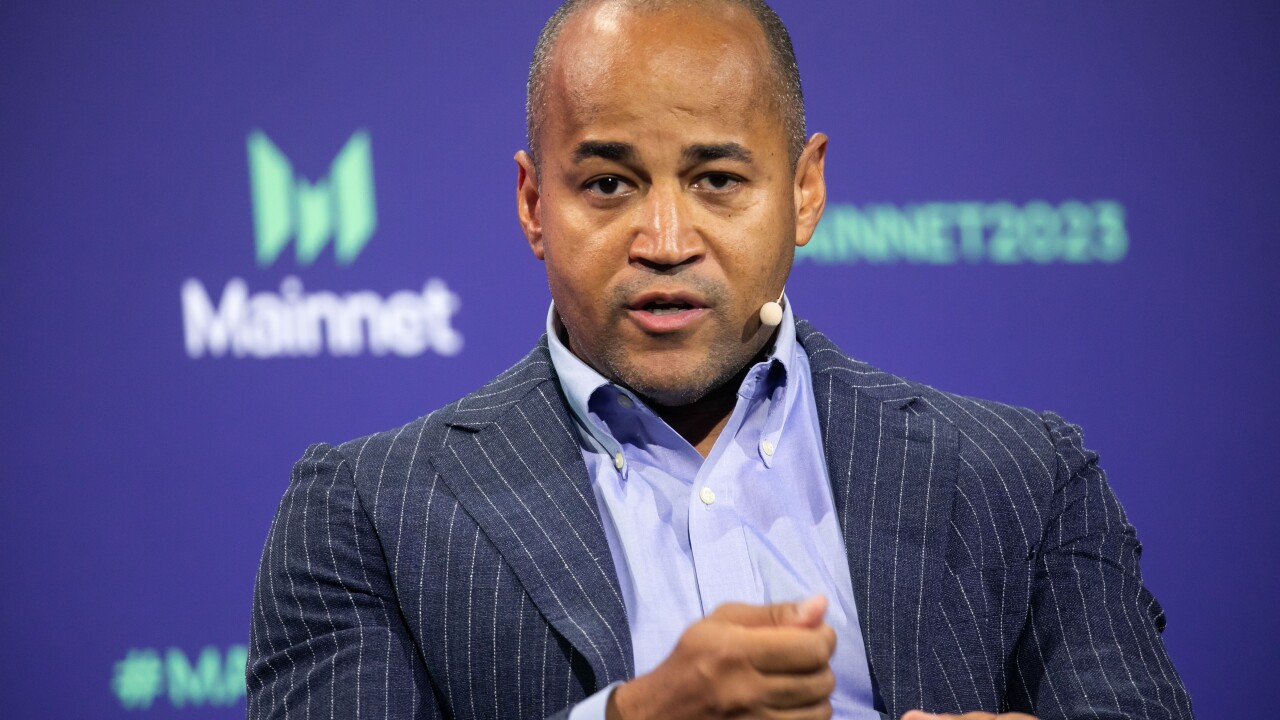Bank robbers who want to pull a job on a Friday morning may have to wait in line.
According to statistics released last month by the Federal Bureau of Investigation, Friday between 9 and 11 a.m. was the most popular time to flash a gun and demand a sack of cash in 1997.
Federally in-sured financial institutions were robbed or burglarized nearly 8,400 times last year, about the same number as in 1996. Most of these crimes took place at commercial bank branches in urban areas.
But the FBI's statistics contain less obvious facts about bank crime-and explode many myths as well.
Despite Hollywood's taste for nighttime incursions and vault-busting explosives, less than 10% of robberies or burglaries took place while the bank was closed, and only one in 20 involved an attempt to break into a safe.
"The whole key is accessibility," said James T. Incaprera, Bank One Corp.'s security manager for the state of Louisiana. "It's much easier to get the money when it's sitting there" than to risk tripping motion detectors or breaking into a vault.
Surveillance cameras do not seem to deter robbers or burglars, perhaps because virtually every bank has the devices. About 96% of the banks hit by such crimes in 1997 used cameras, and 98% had alarm systems.
Experts differed on the usefulness of guards.
Guards deter robbers, said Christopher J. Carney, director of corporate security at Fleet Bank.
Mr. Incaprera disagreed. Guards "don't upset them one iota," he said. "What they do is just bring an extra person, and that person just takes out the guard first."
A special agent with the FBI's Washington, D.C., field office said the best way to prevent robberies is to enclose teller stations in bullet- resistant glass. "That discourages counter-jumpers and people that are going to do bank takeovers," the agent said.
Bank robbers used a variety of approaches. Nearly half wrote out a demand note. About one-third brandished a firearm. And a third, apparently wary of providing evidence if caught, neither carried a weapon nor presented a written demand. "There's a minimum of 25 years if you use a gun," Mr. Incaprera said. "The crooks may be getting smart."
Few bank robbers or burglars got away with much money. The average take was $12,100, more than a quarter of which was recovered by law enforcement officials. But many of the criminals were probably drug addicts looking to feed a habit, and therefore did not need much cash, the FBI agent said.
The figures also show that there are a lot more Clydes than Bonnies. Of the 10,800 perpetrators, only 5% were women. As for race, 51% were African- American, 40% white, and 6% Hispanic.
Al Pacino fans will recall the bank robbery film "Dog Day Afternoon," but hostage situations were relatively rare. Employees or customers were taken captive in 55 cases in 1997.
Twenty percent of the nation's bank robberies and burglaries occurred in California. But Maryland had the most per capita-one for every 13,000 citizens. Maine had one incident for every 310,000 people, the lowest ratio of any state.
Violence occurred in roughly 6% of all bank robberies and burglaries. Gunfire, explosives, and assaults resulted in 236 injuries, and 40 people died, including 23 of the perpetrators.
When a robbery does occur, experts agree, the best thing to do is comply-even if instinct says to laugh, fight back, or walk away. For this reason, staff training is crucial, the experts said.
"Do exactly what you're told," said Fleet's Mr. Carney. "Don't incite them; don't be a hero. That's law enforcement's job."





